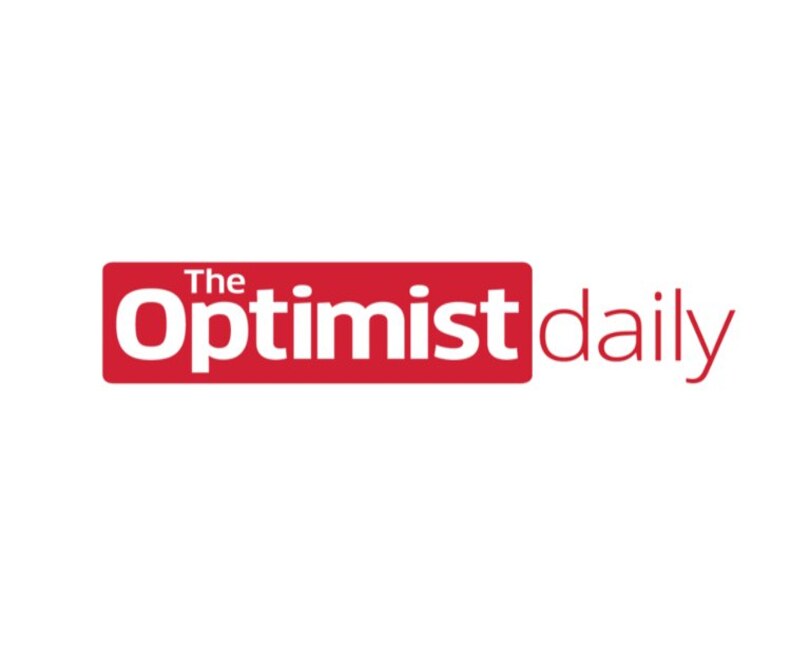Design

Green buildings have higher occupancy rates and more satisfied tenants
A study out of the Canadian University of Guelph displays encouraging signs that ‘green’ buildings are good for business and the environment. The study shows that sustainable and energy efficient buildings have higher rents and occupancy rates as well as more satisfied tenants than conventional Read More...

What a city would look like if it was designed for only bikes (no cars allowed!)
Coasting down from your apartment on your personal bike ramp will be so fun. The more that bike lanes multiply in cities, from New York to São Paulo, the more people ride. Over the last decade, bike commuting in the U.S. has grown 62%. But it's still a tiny fraction of overall Read More...

Italy and France show promise for organic packaged food
According to Mintel data, France was the most active country in Europe for organic new product development between 2012 and 2014, with over a quarter of product launches bearing an organic claim. Meanwhile, Euromonitor data shows that organic packaged food value sales in Italy rose 12.3% between Read More...

How Africa can build inclusive, safe and sustainable cities
Recently, world leaders gathered in New York to commit to the new sustainable development goals. For the first time, a specifically urban goal is among the 17 goals to be achieved by 2030. This goal is to “make cities and human settlements inclusive, safe, resilient and sustainable”. It Read More...

Architecture: Why old is the new green
When it comes to sustainable architecture, the focus has historically been on designing buildings to reduce emissions. In recent years though, this focus has expanded to take into account the full life-cycle impact of a building and its components. But is this enough? In this article from Read More...

A new recycling venture aims to eliminate virgin plastic
EDTA recent list of 100 of the world’s most compassionate business leaders was topped by the usual suspects: Paul Polman, Richard Branson, Muhammad Yunus and Elon Musk. And then there’s David Katz. Katz is an entrepreneur based in Vancouver, British Columbia, who for years ran a company Read More...

RunZoo game aims to foster Mideast peace through kids
RunZoo might turn out to be more than just a game. Bandura GamesThe high-stakes Middle East peace process has a long, complex history of starts, stops and frustrations. A young American game maker named Justin Hefter believes one possible solution could lie in the simple act of playing games. Read More...

Robots could make recycling cheaper and safer
It makes sense to be wary of technologies designed to eliminate human labor. We’re humans ourselves, after all, and we can imagine how devastating it would be if bots could take over our jobs — if HAL or Siri or some other thing could saddle up to our standing desks and compose in-depth Read More...

Robots are coming for your recycling (and that's a good thing)
Robots are starting to take the dirtiest and most dangerous jobs away from humans—and that's why we built them. Working in a recycling facility is dangerous. Recent figures from the University of Illinois's School of Public Health show that workers in a recycling plant are more than twice as Read More...

Researchers develop new bandages that heal wounds faster
Bandages used by battlefield medics and paramedics often have chemicals to help treat wounds and stop blood loss. But often, blood itself takes those chemicals away from where they’re needed. Researchers now have developed bandages to fix that problem, potentially saving countless lives. The Read More...


